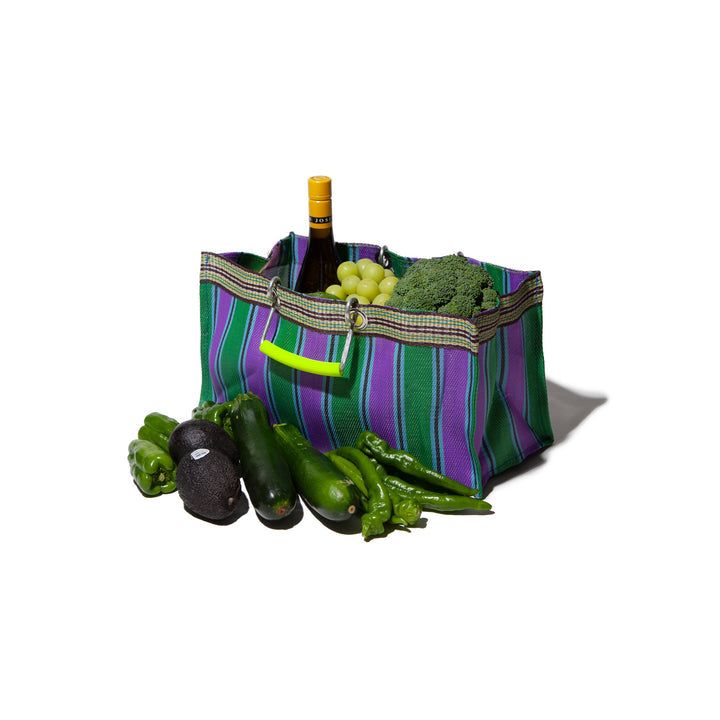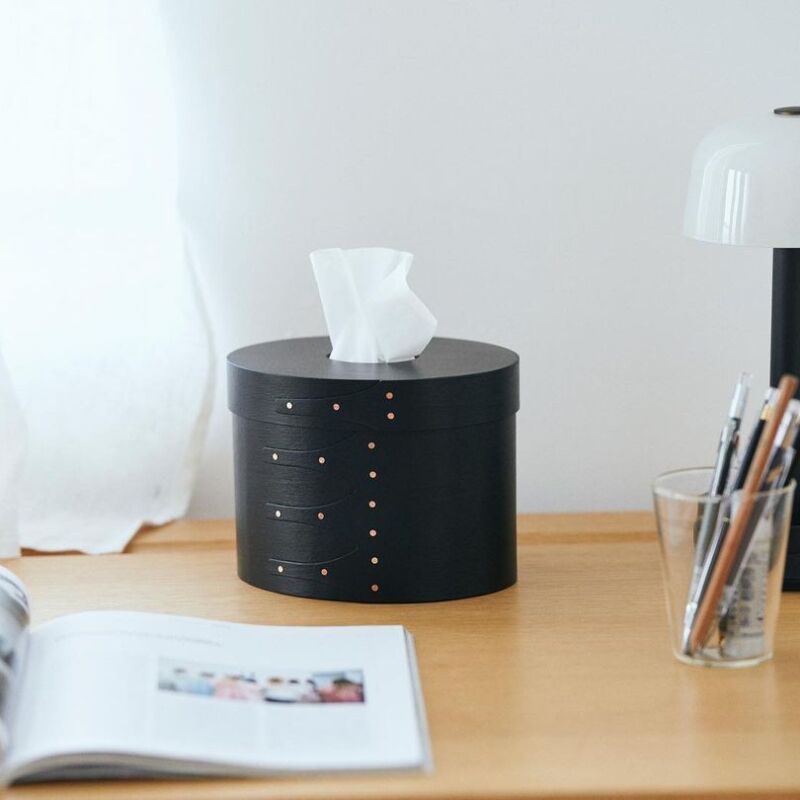The buildings of Japanese architect Kengo Kuma may sometimes seem radical (his cocoon-shaped tea house, for example), but on closer inspection are thoughtful and humanistic. When Kuma was asked to renovate the four-story Ginzan Onsen Fujiya, a traditional hot spring inn in Yamagata (the Northern part of Honshu), he used traditional forms as his template but rendered them in a modern way.
Kuma elected to take the building apart while retaining the existing facade; he gutted the interiors, however, to incorporate a two-story-high atrium, featuring layers of bamboo screens and custom stained glass. The inn’s owners, Atsushi Fuji and his wife Jeanie, an American who went to great pains to become a trained okami (a female innkeeper), are much like the building: a modern tribute to longstanding Japanese traditions. For more information, visit Ginzan Onsen Fujiya.
Photography by Daici Ano.
Above : The facade of the Ginzan Onsen Fujiya is in keeping with the surrounding inns that overlook the Ginzan River.
Above: Kuma updated the traditional facade with larger windows screened with bamboo slatted vertical shades.
Above: The double-height atrium is surrounded by a delicate screen made from 4-millimeter-wide bamboo slats. Kuma also incorporated an almost-transparent stained glass called Dalle de Verre (first used in the middle ages) in the project.
Above: Minimal modern furniture contrasts with the traditional exterior.
Above: Suspended stairs seem to defy gravity.
Above: The inn has five private hot springs; this one is screened with a wall of vertical bamboo poles and features a bamboo spout for the water.
Above: Kuma relies on natural light as much as possible; in this case, filtered through the wooden slatted windows.
Above: A traditional hinoki (cypress wood) tub for soaking. The wooden slatted area in the foreground is for washing before entering the tub.
Above: A modern take on a traditional Japanese room.





Have a Question or Comment About This Post?
Join the conversation (5)